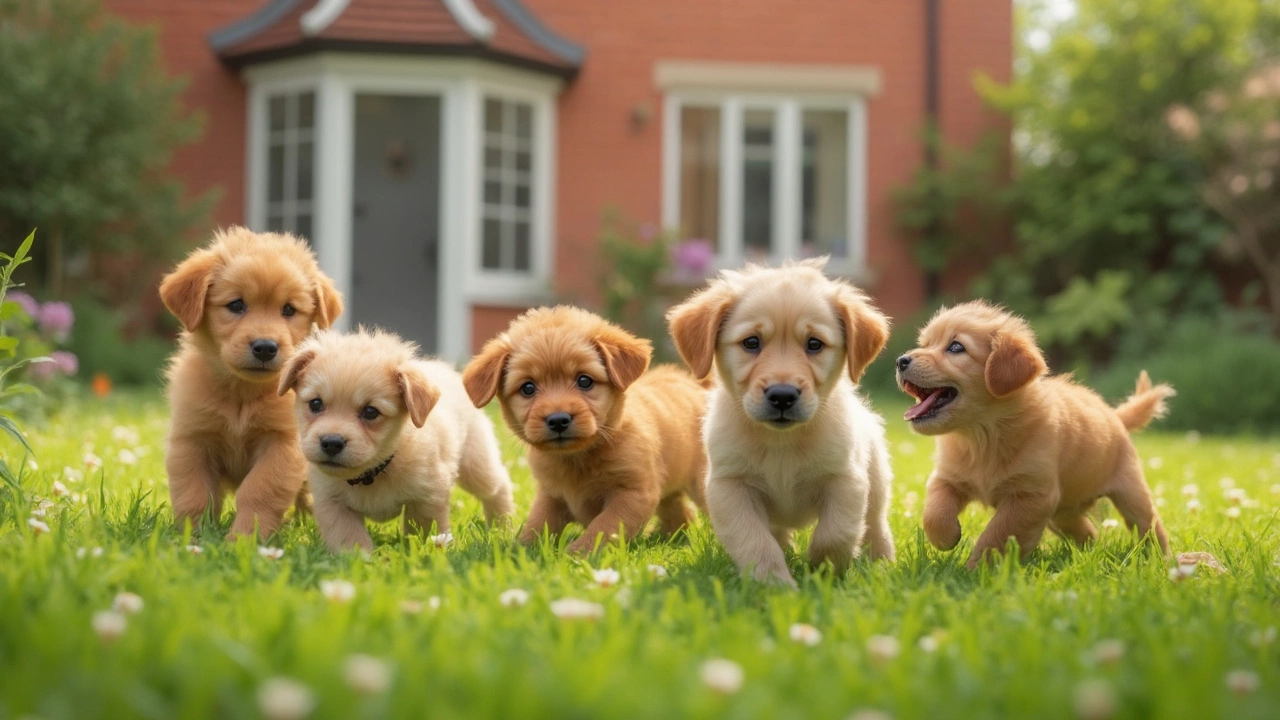Dog Maturity: How to Spot When Your Pup Grows Up
Watching a puppy turn into an adult dog can feel like a magic trick. One day they’re chewing everything, the next they’re chilling on the couch without chewing your shoes. Knowing the signs of dog maturity helps you adjust training, nutrition, and activity so your dog stays happy and healthy.
Understanding the Growth Stages
Dogs don’t all mature at the same speed. Small breeds can be fully grown by 9‑12 months, while large breeds often keep growing until they’re 18‑24 months old. During the puppy stage you’ll see rapid weight gain, endless energy, and a constant need to explore. Around the 6‑month mark many pups start losing that "baby‑fat" look; their bodies become leaner and their teeth settle into the adult set.
Once the dog hits the adolescent phase (roughly 6‑18 months depending on breed), behavior changes. You’ll notice calmer walks, less frantic chewing, and a growing interest in social cues. This is the perfect time to reinforce basic commands and start teaching more reliable off‑leash work. If you’re unsure what age fits your breed, check a reliable breed‑specific guide or ask your vet.
Practical Tips for Each Stage
0‑6 months: Focus on socialisation. Take your puppy to calm places, meet other dogs, and expose them to different sounds. Keep meals on a schedule – three to four small meals a day works best. Use a well‑fitted collar or harness for walks; a recent article on "Collar vs Harness" explains why many vets prefer a harness for growing pups.
6‑12 months: Start transitioning to two meals a day. This helps with weight control as metabolism slows. If you’re wondering when your puppy can "free roam" at home, the post "What Age Can Puppies Safely Free Roam at Home?" suggests waiting until they’re reliably house‑trained and able to respond to a recall command.
12‑24 months: Your dog is edging into adulthood. Keep an eye on joint health, especially for larger breeds. Adding a quality fish oil or salmon oil supplement, like the comparison in "Fish Oil vs Salmon Oil: Which Supplement Is Better for Your Dog?", can support joint and coat health.
Throughout all stages, watch the signs that your dog is nearing maturity: slower recovery after exercise, less frequent potty accidents, and a calmer demeanor around strangers. If your dog still behaves like a puppy at two years old, a check‑up with the vet is wise – there could be an underlying health issue.
Finally, remember that mental maturity often lags behind physical growth. Keep training sessions short, fun, and consistent. Celebrate small wins, and don’t get frustrated if your dog drifts back into a puppy mindset now and then. With patience and the right care, you’ll guide your canine companion smoothly from pup to confident adult.
- Morgan Ainsworth
- 0 Comments
At What Point Is a Puppy Not a Puppy? Age, Behavior, and Growth Explained
Wondering when your puppy officially becomes an adult dog? This article breaks down the stages of puppy development, covering physical growth, behavior changes, and the exact ages when pups leave their puppyhood behind. Get concrete milestones for small, medium, and large breeds. Find out what to expect as your dog matures and how to support their growth at every stage. Packed with practical tips and surprising facts, it’s the guide every dog owner needs.
View More
